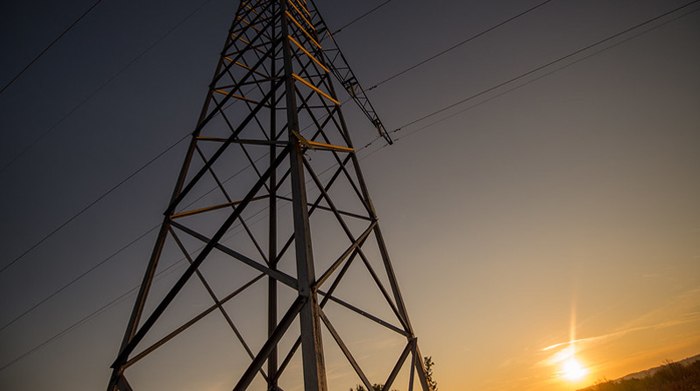Performance-Based Regulation Proposed for Connecticut Utilities

Image courtesy of Nenad Stojkovic under Attribution 2.0 Generic License, resized to 700 x 391 pixels.
Performance-based regulation (PBR), which has been authorized in 6 states so far, may be coming to Connecticut in the near future. The mechanics of PBR, in contrast to “cost of service” regulation, are such that rates are dependent on how a utility performs. In other words, it compensates utilities for how they perform rather than based on demand or infrastructure investments. But is it the best choice for Connecticut?
Nuts and Bolts of Performance-Based Regulation
The 6 states currently utilizing performance-based regulation – Hawaii, Colorado, Illinois, Nevada, North Carolina and Washington – have done so to advance a plethora of policy goals, including emissions control, increased reliability, and decarbonization, among other things.
In Connecticut, the state published a so-called “Staff Straw Proposal” on 1/25/23 that outlined the key provisions of the PBR recommendation. The origin of the proposal can be traced back to August 2020, after Tropical Storm Isaias created power outages for more than 1 million customers of Eversource and United Illuminating over the course of several days.
Customers complained at the time that restoration was too slow and communication was lacking. The immediate result was a series of large fines levied against Eversource in particular.
The proposal features a multi-year rate plan and externally-indexed revenue cap. It also proposes revenue decoupling, as well as a handful of metrics to track performance, especially as it relates to reliability. The metrics in particular have been analyzed by the state’s utilities, which rightfully expect them to be objective, realistic, and transparent.
According to Marissa Gillett, chairman of Connecticut’s Public Utilities Regulatory Authority (PURA), the new rules are likely to be in place within about a year, after all the requisite stakeholder reviews are completed.
The burning question is, will a performance-based regulation approach improve reliability in Connecticut? It seems like a sound concept in theory, but utility companies can only control so much, so I have my doubts.



